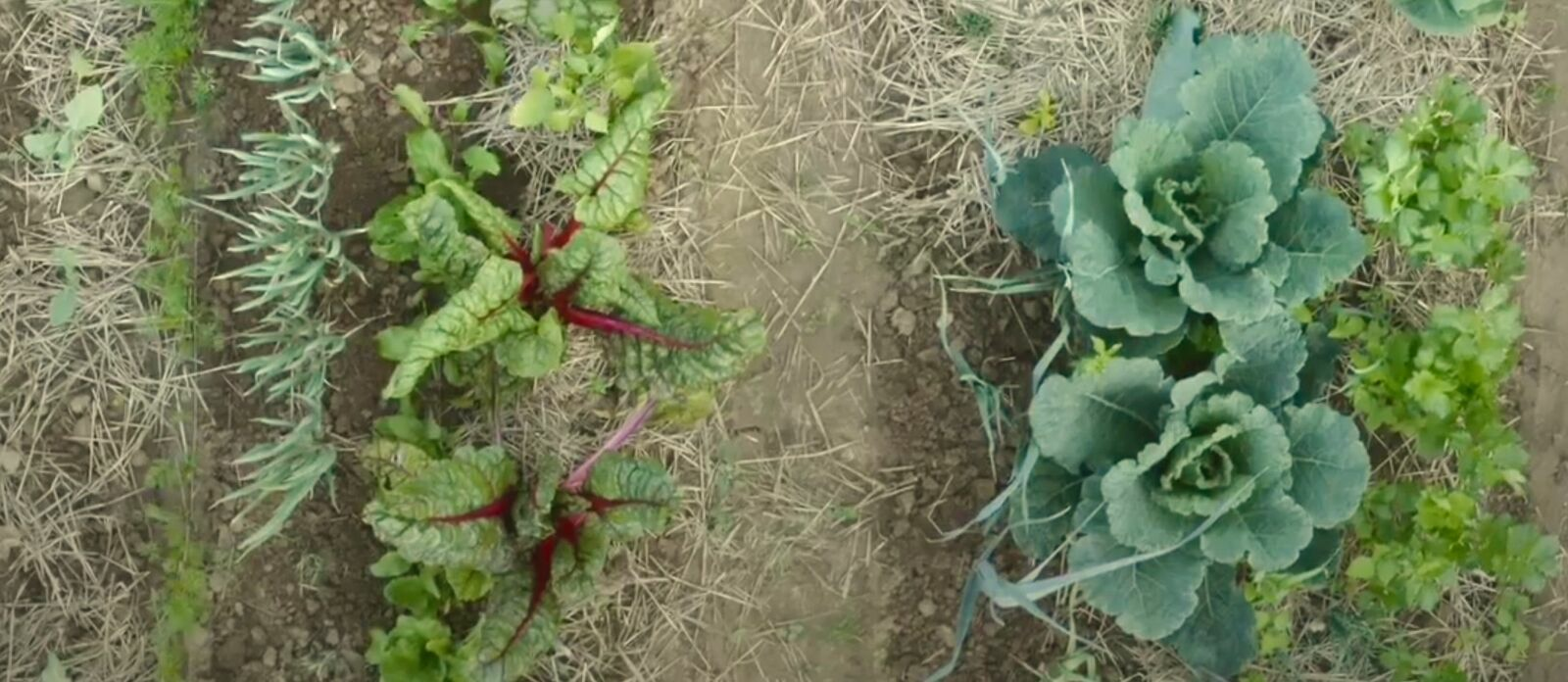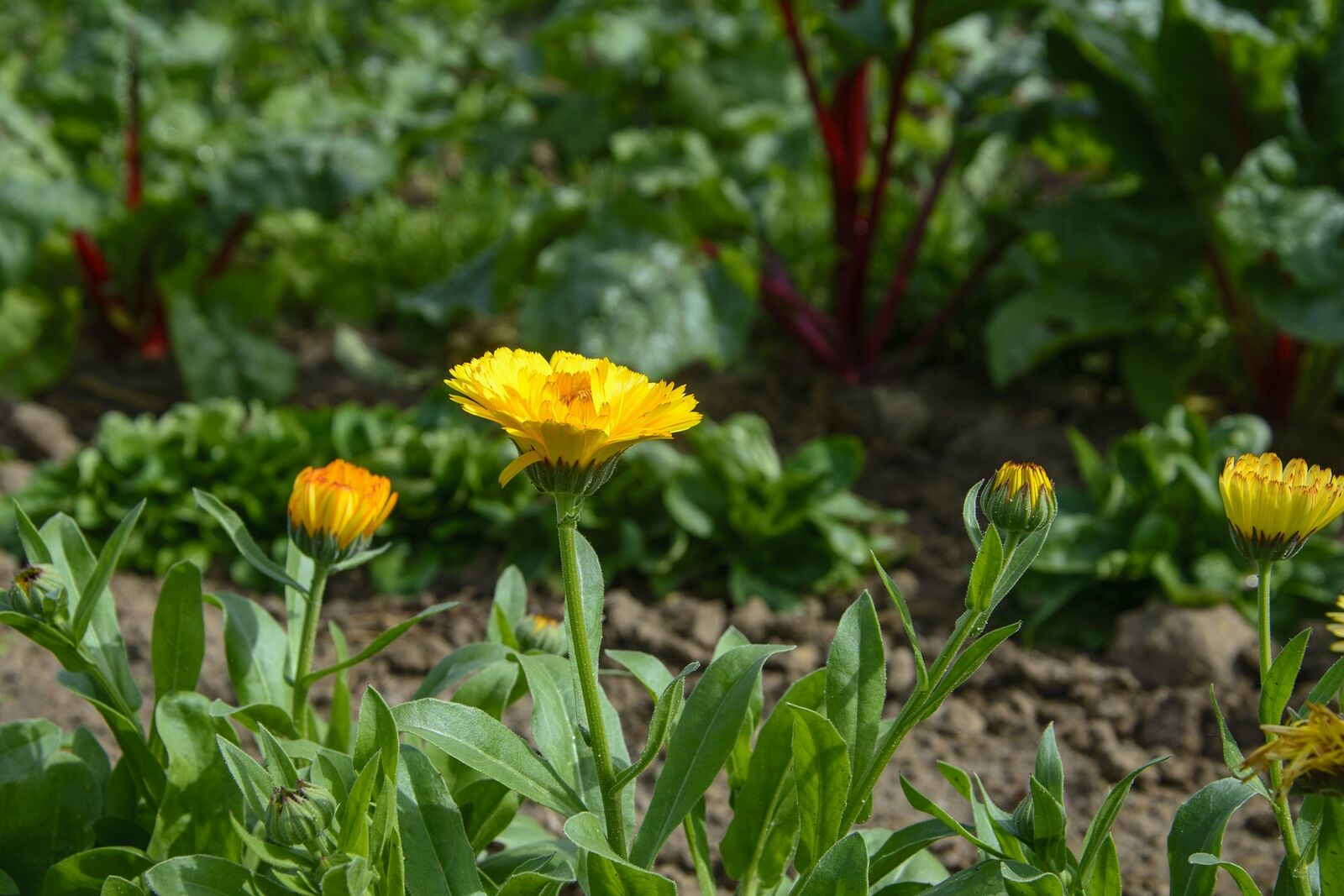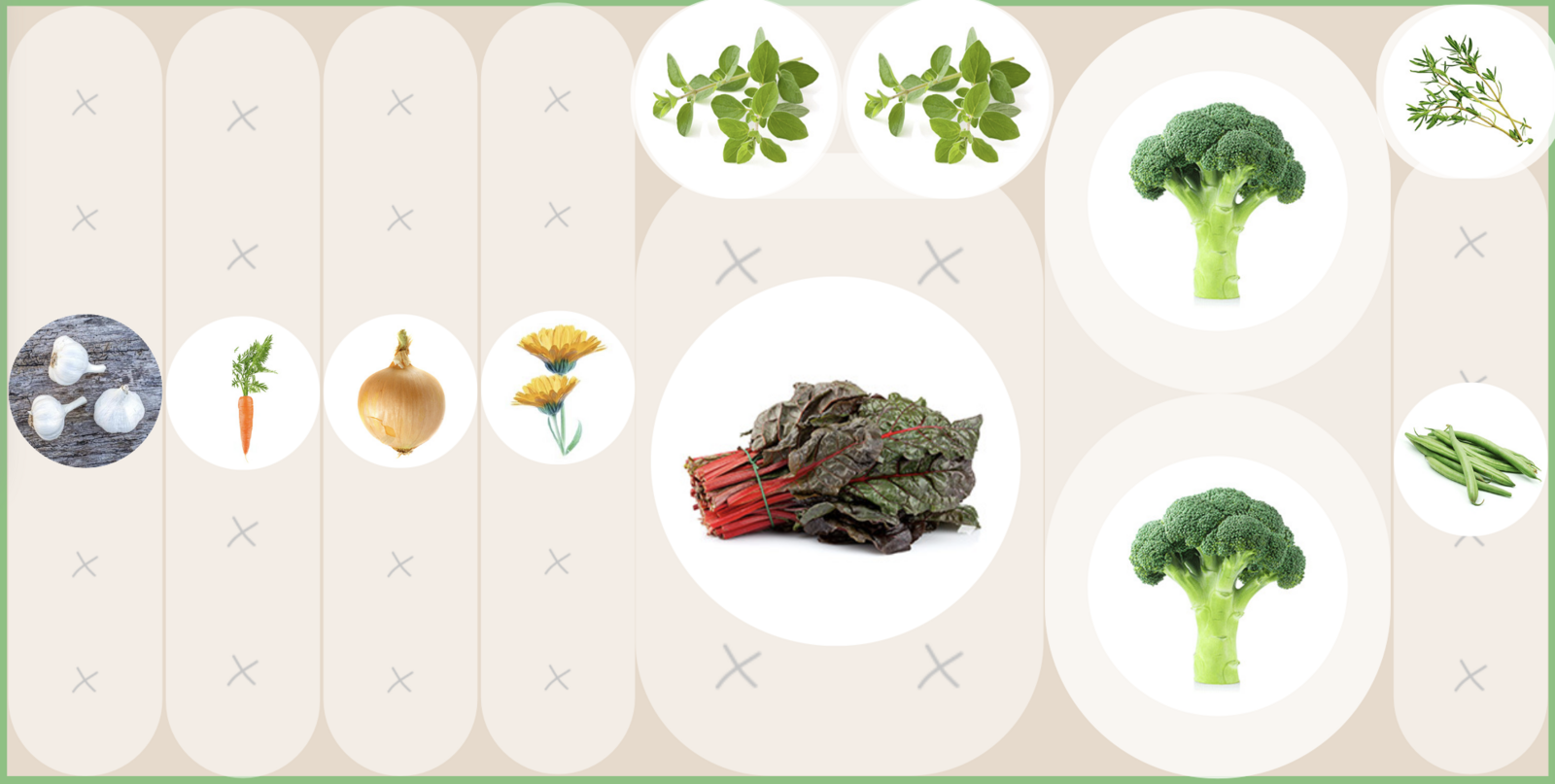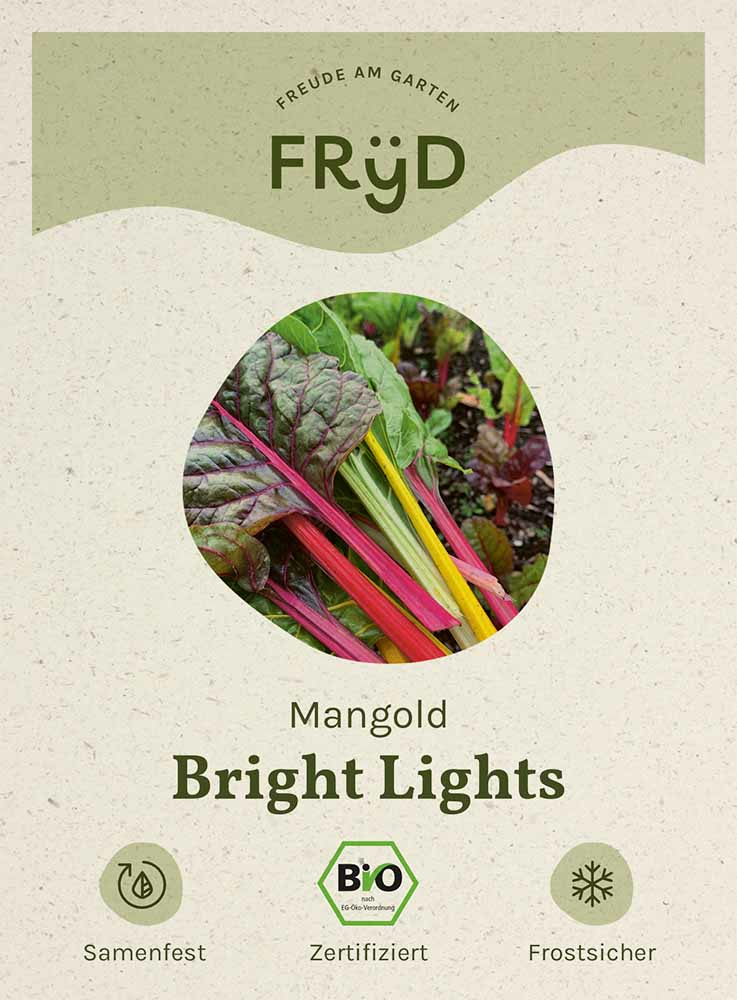Swiss chard in mixed cultivation
Advantages of a mixed crop with chard
- Low competition for nutrients - Chard is shade tolerant and can also grow in partially shaded areas - Chard is resistant to many pests and diseases. In a mixed crop, it can help reduce the risk of pest infestation and disease spread by protecting more susceptible plants - Versatile plant neighbors: Swiss chard gets along well with a variety of plants, allowing great flexibility in the design of mixed crops.
Good neighbors

A greater variety of plant species attracts beneficial insects and natural enemies of pests. Suitable planting partners also contribute to healthy soil. Good neighbors for chard include artichokes, beans, peas, fennel, nasturtium, garlic, cabbage, carrots, oregano, parsnips, radishes, radishes, marigolds, lettuce, marigolds and onions.
Garlic against mildew
Garlic is a useful companion for chard as it prevents mildew. The essential oils in garlic have a fungicidal effect and can therefore reduce fungal infestation. In addition to planting garlic, sufficient planting distance between your chard plants also protects against mildew infestation.
Bad neighbors

Bad neighbors often attract similar pests and diseases, which often occurs with plants from the same family. In the case of chard, these are spinach, beet and sugar beet. Other rather bad neighbors are tomatoes, salsify, potatoes and cucumbers. They require similar nutrients to chard and therefore hinder each other's growth.
Crop rotation

You can grow lettuce and radishes as pre-crops for chard, as they are fast-growing crops and can be sown in spring. Plants such as cabbage, lamb's lettuce, leeks and winter onions, which benefit from the remaining nutrients in the soil and can also be left on the bed in winter, are suitable for planting after chard.
Crop rotation
Be careful not to grow chard on the same bed where plants from the same family, such as spinach or beet, were grown in previous years. Grow chard in a three- or four-year cycle to make the best use of soil nutrients and minimize the risk of pest and disease problems.
Chard planting plan for the garden & raised bed

Swiss chard can be sown from March to September and harvested from May to November. In this chard bed, you will find carrots, onions, marigolds, oregano, beans and savory, broccoli and garlic in addition to chard. Lettuce, radishes and winter cabbage complement the bed as pre- and post-crops.


